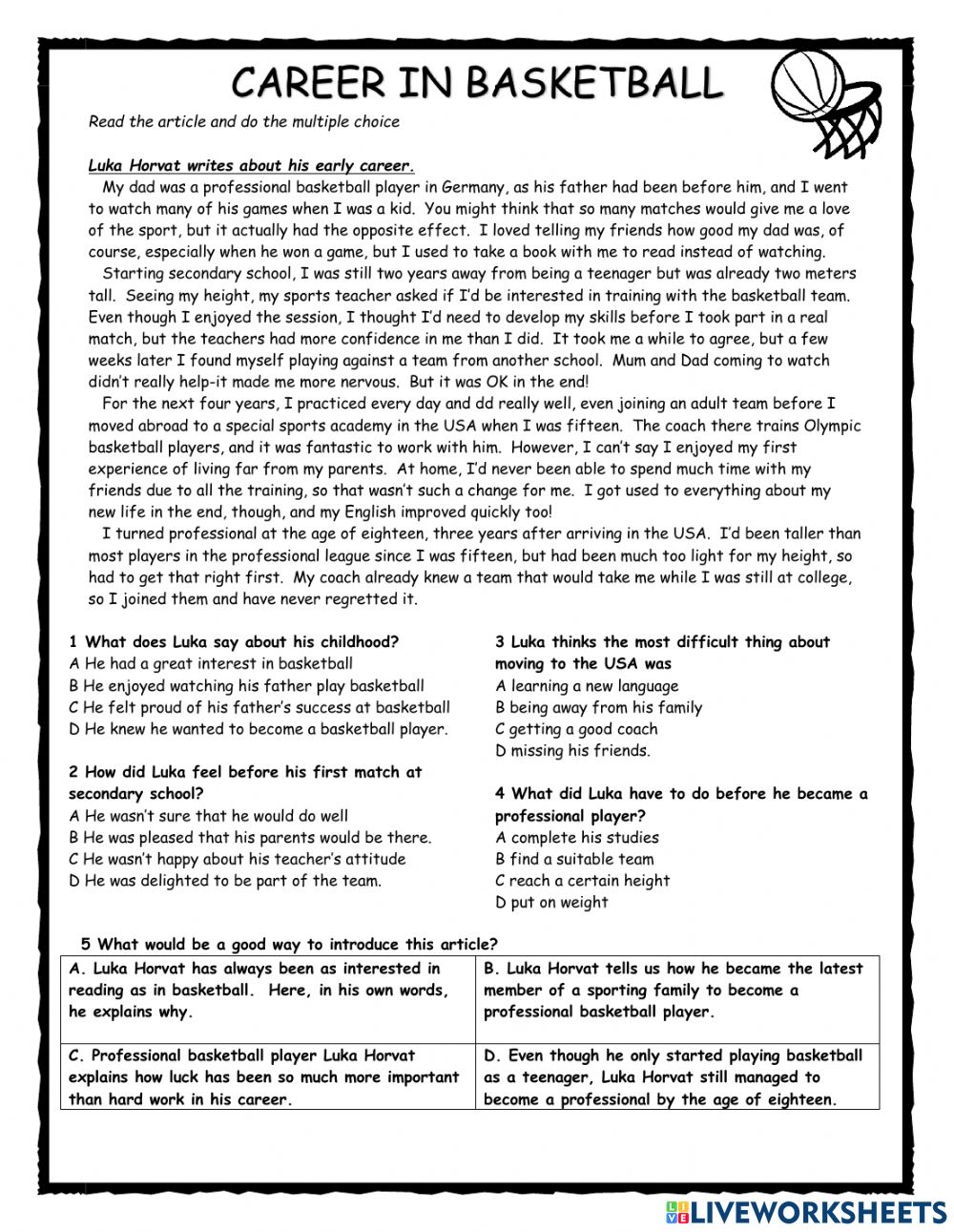There are two types of stereotypes: positive and negative. Positive stereotypes are those that promote positive generalizations while negative stereotypes cast a negative light on a specific type of person. Both types of stereotypes affect our society and can grow into seeds of insecurity.
Positive stereotypes prop up favourable generalisations
The motivation behind forming positive stereotypes about a group often comes from the out-group’s perceived status and competition with the in-group. Consequently, individuals from the out-group are perceived to be more capable, warm, and less competitive. This results in a feeling of belonging despite not being true.
However, these stereotypes can lead to dangerous material effects. For example, if a stereotype is created about a particular race or group, it might create unrealistic expectations and standards that are detrimental to the group. A positive stereotype can also depersonalise the targeted group.
The problem with positive stereotypes is that they tend to be accepted more easily than negative stereotypes. This means that they can normalise problematic racial categories, making it harder to challenge them. In addition, they’re less likely to be criticized as prejudice, as they tend to be seen as rooted in biological factors.
One way to combat negative stereotypes is to make them more aware of their existence. For example, students can write down the stereotypes that they’ve learned. They should discuss whether or not they find them true. If they find any, they can then share the stereotypes with the rest of the class.
Negative stereotypes cast a negative light on a certain group or type of people
Stereotypes are generalized beliefs that people have about a particular group or type of people. These ideas are usually exaggerated. They are used to judge those who belong to the group. Stereotypes have been around for centuries, and continue to be a source of bias and prejudice.
Movies, TV, and sports depict certain groups in the worst light possible. These stereotypes are particularly harmful to historically oppressed groups. However, these stereotypes in movies can be less painful for groups who do not face such discrimination in their everyday lives. One popular example is the movie “The Lone Ranger,” which depicts a group of Native Americans kidnapping a woman for human sacrifice. Although this practice is illegal under federal and most state laws, it still persists in popular culture.
Another example is a study that shows that people of color were less likely to make adjustments to their written essays after receiving feedback. This effect was seen in both African American students and in female science students. These results indicate that minority students may not be motivated to make adjustments to their work because they are fearful of negative feedback.
Stereotypes affect our society
Stereotypes about gender and careers have major consequences for the lives of young people. They can influence career choices and academic success. For example, they can prevent young people from considering careers in areas that are associated with the opposite sex. This can have negative consequences for both men and women.
It is possible to overcome these stereotypes. However, you must be willing to challenge your own beliefs. Stereotypes can make you feel uncomfortable, less confident, and negatively affect your chances of success. Moreover, these misconceptions can lead to harassment and discrimination. They can also hinder your creativity.
The way in which you behave is a critical factor in determining your success in the workplace. It is imperative to be aware of how you perpetuate these stereotypes. This can be done by consciously and unconsciously.
Stereotypes can grow into seeds of insecurity
Even the smallest stereotypes can have an impact on us. Although most people intuitively know that negative stereotypes are difficult to live with, recent research from Stanford University shows that even subtle stereotypes can be debilitating. According to the study, when people are concerned that they are being judged by a stereotype, they are more likely to commit dishonesty, cheat, or steal.
One way to overcome the threat of stereotypes is to practice self-affirmation. This technique is used in educational settings to help reduce stereotype threat. It involves having students write brief essays about the important things in their lives. The students are encouraged to spend about fifteen minutes on each essay. This process can help students who are experiencing social identity threat to view school from a different perspective.
These negative stereotypes can affect a student’s ability to learn and persist on academic tasks. It can also sabotage the efforts of high-achieving students to pursue a career related to their academic strengths. Similarly, negative stereotypes can affect the performance of students who belong to groups that historically underperform in their chosen field.



